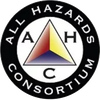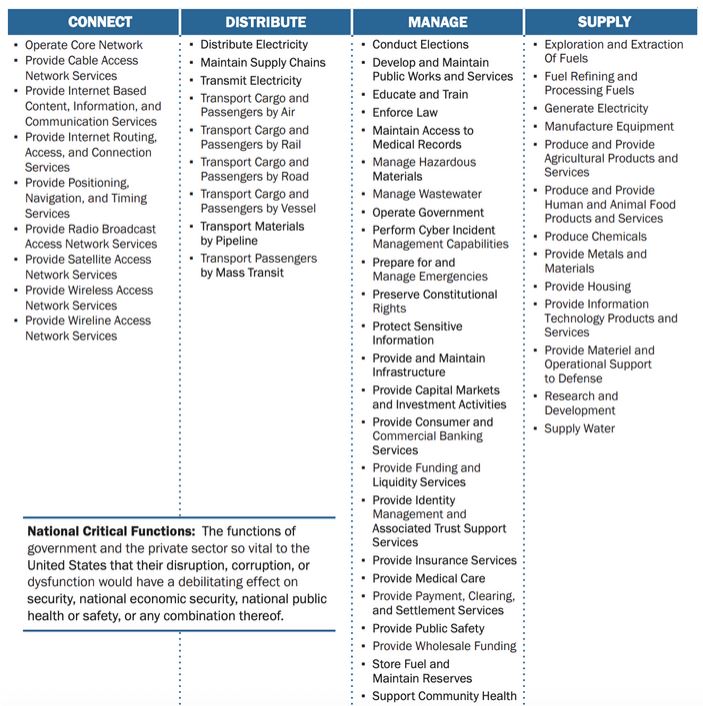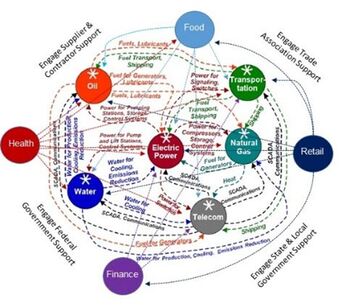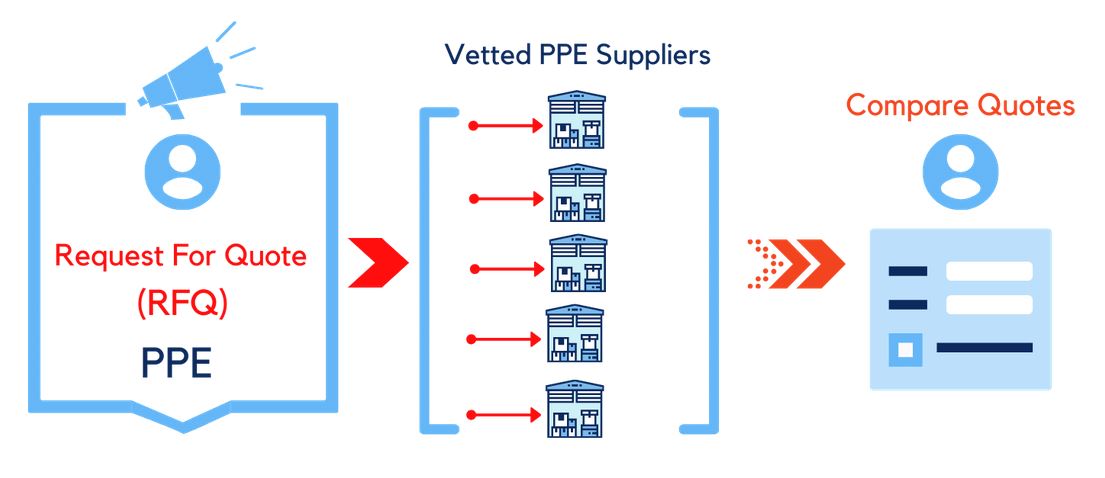OPERATIONALIZING ESF#14
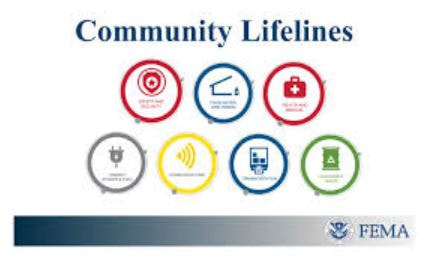
The AHC’s leadership is fully committed to continuing its goal of operationalizing ESF#14 and producing tangible, operational use cases and solutions for both industry and government.
ESF#14 Purpose:
“Emergency Support Function (ESF) #14 supports the coordination of cross‐sector operations, including stabilization of key supply chains and community lifelines, among infrastructure owners and operators, businesses, and their government partners.” Excerpt from DHS CISA ESF#14 Overview Document.
ESF#14 Intended Outcomes:
The ESF#14 doctrine outlined what the private sector has been looking for a long while: reducing their overall risks by ongoing planning, information sharing, and coordinating research, data analytics, and response operations with states and federal agencies whenever possible, to produce operational results.
ESF #14 provides unique services to enhance response operations. ESF #14 is a platform that engages the private sector, leverages existing resources and capabilities within the affected community, and provides analytical capabilities focused on interdependencies. These activities support other existing Federal and state procedures.”Excerpt from DHS CISA ESF#14 Overview Document.
Background
At the end of the 2017 hurricane season, the AHC, along with 30+ partners submitted a letter of recommendation that included suggested improvements on how FEMA and DHS CISA could improve cross‐sector communications and coordination with industry and states during emergency and non‐emergency scenarios. With input from the AHC and many other sources, FEMA/ DHS CISA shortly developed the ESF#14 concept and
rolled it out in 2018.
ESF#14 Purpose:
“Emergency Support Function (ESF) #14 supports the coordination of cross‐sector operations, including stabilization of key supply chains and community lifelines, among infrastructure owners and operators, businesses, and their government partners.” Excerpt from DHS CISA ESF#14 Overview Document.
ESF#14 Intended Outcomes:
The ESF#14 doctrine outlined what the private sector has been looking for a long while: reducing their overall risks by ongoing planning, information sharing, and coordinating research, data analytics, and response operations with states and federal agencies whenever possible, to produce operational results.
ESF #14 provides unique services to enhance response operations. ESF #14 is a platform that engages the private sector, leverages existing resources and capabilities within the affected community, and provides analytical capabilities focused on interdependencies. These activities support other existing Federal and state procedures.”Excerpt from DHS CISA ESF#14 Overview Document.
Background
At the end of the 2017 hurricane season, the AHC, along with 30+ partners submitted a letter of recommendation that included suggested improvements on how FEMA and DHS CISA could improve cross‐sector communications and coordination with industry and states during emergency and non‐emergency scenarios. With input from the AHC and many other sources, FEMA/ DHS CISA shortly developed the ESF#14 concept and
rolled it out in 2018.
|
Since that time, the AHC and its SISE working group, have been focused on operationalizing the ESF#14 doctrine at the regional and state levels with states and industry on specific problems or use cases.
The ongoing cross‐sector working groups and use case committees have been developing new use cases and solving problems with state and federal agency participation, especially over the past several months with the COVID‐19 pandemic. ESF#14 & the AHC ESF#14 doctrine was adopted by the AHC Board of Directors and its working groups in early 2019. The FEMA “life‐lines” and DHS CISA “national critical functions” have been used to align SISE Use Cases to federal priorities and as an education tool to help industry understand how DHS CISA works to help them reduce risks by supporting their planning, response and recovery functions incidents that affect their organizations, their supply chains, and their communities. |
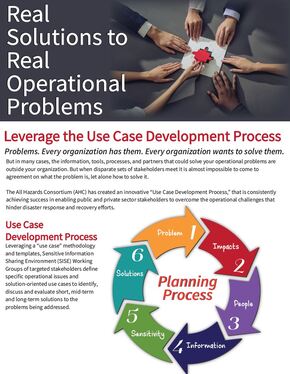
How the AHC Uses ESF#14
The private sector understands that most of their operational actions during disasters require close coordination with multiple state agencies (who don’t always coordinate well in some states), but in coordination with the appropriate federal partners (who don’t always coordinate well).
This doesn’t always happen on periodic disaster calls. Ongoing planning and problem solving needs to happen year‐round.
Starting with joint planning and closed discussions these working groups will focus on operational problems facing industry or states, Use Cases are developed that form the overall framework to work the problem towards one or several solutions, leverage existing R&D, identify existing solutions, create partnerships, and build trust between the invested participant.
The entire process is based upon sustained private sector supported planning, problem solving, results, and trust.
Enabling Trusted Problem Solving
The SISE’s “integrated planning capability” has been fundamental to the “trust” between government and industry. According to the private sector, it is the trust that is missing, not the data, the technology, the policies, the processes, or the products. These all help but do not often sustain when people rotate in and out of their jobs or roles within their respective organizations. Once trust between people is achieved, problem‐solving is accelerated dramatically. Problems are solved (or show progress being made), the participants want to repeat the process again, and again, and again.
The private sector understands that most of their operational actions during disasters require close coordination with multiple state agencies (who don’t always coordinate well in some states), but in coordination with the appropriate federal partners (who don’t always coordinate well).
This doesn’t always happen on periodic disaster calls. Ongoing planning and problem solving needs to happen year‐round.
Starting with joint planning and closed discussions these working groups will focus on operational problems facing industry or states, Use Cases are developed that form the overall framework to work the problem towards one or several solutions, leverage existing R&D, identify existing solutions, create partnerships, and build trust between the invested participant.
The entire process is based upon sustained private sector supported planning, problem solving, results, and trust.
Enabling Trusted Problem Solving
The SISE’s “integrated planning capability” has been fundamental to the “trust” between government and industry. According to the private sector, it is the trust that is missing, not the data, the technology, the policies, the processes, or the products. These all help but do not often sustain when people rotate in and out of their jobs or roles within their respective organizations. Once trust between people is achieved, problem‐solving is accelerated dramatically. Problems are solved (or show progress being made), the participants want to repeat the process again, and again, and again.
|
Results ‐ Inter‐Dependency Awareness
ESF#14 doctrine with the SISE has helped create an “interdependency awareness” across electric, telecommunications, fuel, food, transportation, finance, health, water, lodging, retail, and logistics by utilizing professionals that have been involved in the Use Case development process within the SISE. Results ‐ State Adoption In early 2018, the SISE created a new Use Case Committee comprised of state private sector liaisons who work in state emergency management agencies to work with the Fleet Response Working Group to address issues around fleet movement across state lines. This group started with liaisons in FL, NC, VA, MD, & PA, who met weekly for 18 months. Using ESF#14 as part of the strategy, this committee became instrumental to the private sector’s operational problem‐solving weekly calls during “blue‐sky” days and response partners during disasters. Today this committee has expanded to include LA, MS, AL, OE, IL, and AR. Results – Operational Solutions Produced Solving operational problems is what both industry and government operations professionals desire, along with their leadership. The SISE has created a private sector managed “safe space” for candid discussions over complex problems between government and industry stakeholders. The ESF #14 doctrine has created the policy framework government needed at the federal level to organize resources in support of the coordination of cross‐sector operations, communications, planning, research, and resource/information sharing. This has provided the credibility and legal support that can attract private sector investment of time, energy, etc. In this environment, the SISE has produced multiple use cases, 100+ solutions, dozens of partnerships and provided government a unique way to gets things done faster while leveraging a willing private sector community that I willing to share the results. |

Results – Lowered Risks
Lowering risk is s shared objective of government and industry. Yet, when people are honest about it, reducing risk is not always easy to prove or validate. The private sector views risk differently than government many times.
Universally, industry and government stakeholders in the SISE like to measure risk reduction using simple metrics: reductions of labor hours, hard costs, process delays, brand damage, personnel safety, customers and increases in process efficiencies, customer satisfaction, safety, brand enhancement, etc… Each of the SISE solutions were created to reduce operational risks and/or increase operational benefits. Many solutions don’t make the cut or have to be enhanced in order to get fully implemented and sustained.
|
Results – Measurable Operational Benefits
Many times, innovation does not produce sustainable results in the first attempt. A good example of this is with the PPE problem. The AHC was asked to help explore the PPE problem and develop cross‐sector solutions. For example: The AHC work groups created three PPE solutions to date:
|
Solution #1 was interesting, but few used it. Users provided feedback. Planning and improvements continued.
Solution #2 was also interesting, but few subscribed to the service. Users provided feedback. Planning and improvements continued.
Solution #3 was unique and provided clear and measurable risk reductions (vetted Suppliers, legal agreements/disclaimers) along with measurable process enhancements and cost efficiencies (reduced PPE related staff time by 50% to 80%, reduced labor costs, competitive bids in minutes vs days)
PPE solution #3 (Phase 1) is now operational in a pilot program and is being use by a handful of commercial PPE Buyers and Suppliers. New suppliers are joining daily. Other institutional Buyers are considering using if from both industry and government.
Solution 3 can also be leveraged to expand to other critical resource suppliers, including commercial generators, fuel suppliers/drivers, lodging, etc…
Learn more at: www.ppenearme.org
The takeaway from this is that the AHC and the SISE provide the operational and legal framework to build the trust needed by the private sector to begin planning and problem‐solving with government (state and federal), produce results, and operationalize the ESF#14 doctrine at the local/regional levels.
Solution #2 was also interesting, but few subscribed to the service. Users provided feedback. Planning and improvements continued.
Solution #3 was unique and provided clear and measurable risk reductions (vetted Suppliers, legal agreements/disclaimers) along with measurable process enhancements and cost efficiencies (reduced PPE related staff time by 50% to 80%, reduced labor costs, competitive bids in minutes vs days)
PPE solution #3 (Phase 1) is now operational in a pilot program and is being use by a handful of commercial PPE Buyers and Suppliers. New suppliers are joining daily. Other institutional Buyers are considering using if from both industry and government.
Solution 3 can also be leveraged to expand to other critical resource suppliers, including commercial generators, fuel suppliers/drivers, lodging, etc…
Learn more at: www.ppenearme.org
The takeaway from this is that the AHC and the SISE provide the operational and legal framework to build the trust needed by the private sector to begin planning and problem‐solving with government (state and federal), produce results, and operationalize the ESF#14 doctrine at the local/regional levels.
